Written by: Dr. Jesse van Kuijk
The British Human Powered Flying Club (BHPFC) Icarus Cup 2025 was again held at Lasham, home of the Lasham Gliding Society. The last two years we had been at Manston, for the runway is much larger there.
But the weather in Lasham is better for HPAs, less windy, so we returned!
The Gliding Society generously allowed us to have the airfield every morning until 9 am.
The weather forecast predicted good flyable morning conditions for Monday to Thursday.
And indeed, four days in a row the weather held. That meant: A 4 am wakeup, rigging the HPAs outside the storage marquee, flight ops until 9 am, and putting the HPAs back in the marquee. After all the walking, standing, and pedaling, it was time for a typical British breakfast: Sausages, beans, and toast!
This year, I was part of Team Airglow. Barney Townsend, assoc. prof. from London South Bank University, and his team currently own Airglow, and entered it in the competition.
Barney brought some staff and students over for flight operations this Icarus Cup, and to witness the magic of human powered flight. I volunteered to help out as pilot because of my extensive HPA flight experience.
In the end we managed to get almost everyone of Team Airglow flying. Some first flights were well controlled and lasted for more than 100 m. Great!
Over these days I made some short and long flights in Airglow. It flies a bit easier than Aerocycle 301, which I flew in previous years. Airglow was beautifully trimmed out in pitch. Without crosswind, you could fly it hands-off! The electronic controls (‘fly by wire’) worked fine, but a purist would rather have the controls also human powered.
I made some flights of several hundred meters, with at least two of them more than half a kilometer. This time I also made an effort to gain more altitude, up to 3 and even 4 meters AGL. That is a lot, because you need not only to keep flying, but to lift all the mass of yourself and the aircraft to that altitude as well! Flying an HPA at any altitude makes it feel like you are flying three times as high. It is such a unique experience and definitely an adrenaline rush!
I also got a flight in Aerocycle 302, the slightly larger version of Aerocycle 301 that I flew in previous years. My first flight in 302 was also a couple hundred meters.
I have now flown 9 different HPAs, which is extremely rare even for HPA pilots worldwide! These HPAs are: Abhilasha, Anjali, Anuja, Aerocycle 301, Lazarus, LeDash, Betterfly, Airglow, Aerocycle 302. The first three are my own designs!
It so happened to be that I made the first flight of the competition. Thus for a little while, I was leading the scoreboard.
In the end I ended up second place. Not bad at all, given that I came here mainly to help out with Team Airglow.
Many other people, including new pilots, got a flight in Aerocycle 301. A new Lazarus version, using a wing similar to Aerocycle, made its first flights at Icarus Cup 2025, but suffered a rapid unscheduled disassembly later. That will need some mending for next year.
Nevertheless, on Thursday we had four HPAs on the airfield and flying.
With a PhD in aerospace engineering, and an interest in cycling, I know a thing or two about the laws of physics and physiology. But to feel their effects so directly was different. Airglow needed a bit less power than Aerocycle, which made it immediately easier for me to fly a bit longer. This inspires me to design and build another, even better HPA in the Netherlands. First I need to find a workspace!
See the pictures below for an impression of Icarus Cup 2025, and a video of me flying Airglow.
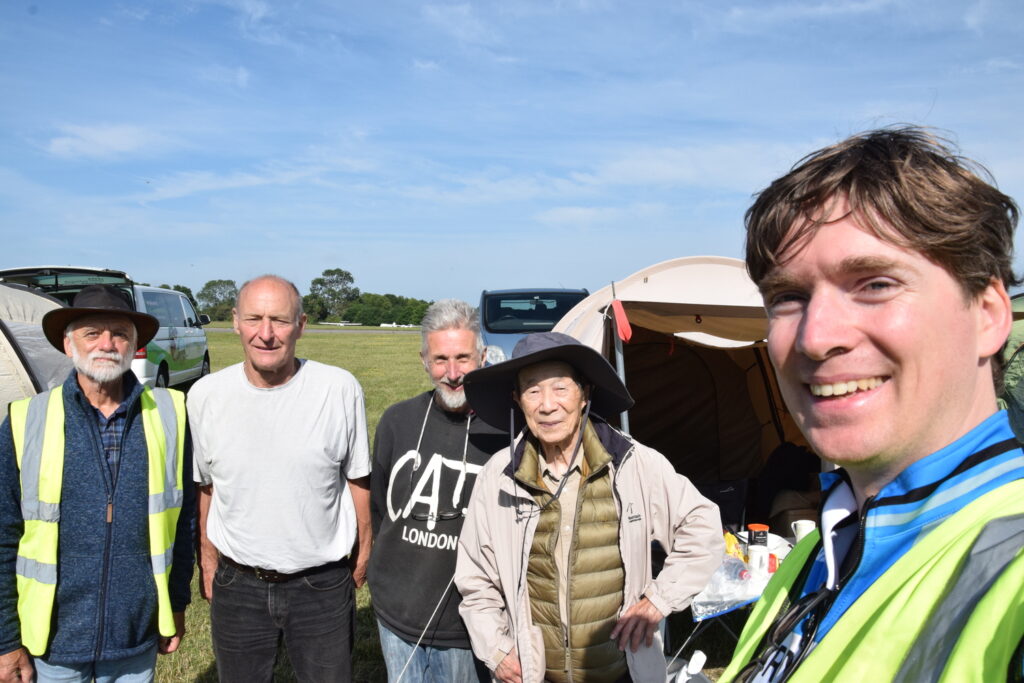
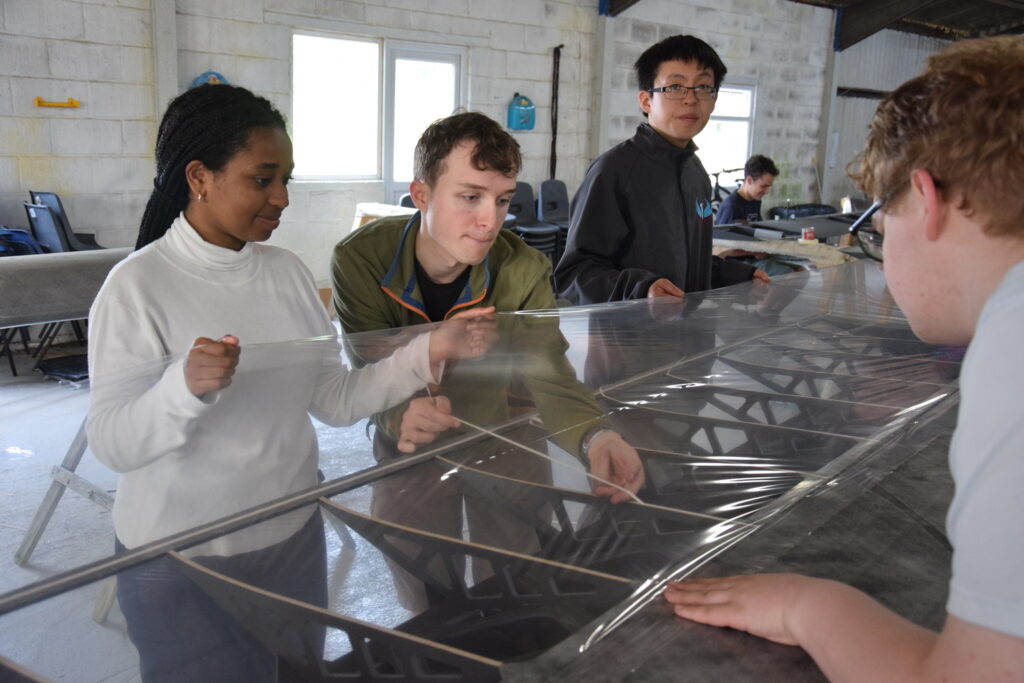
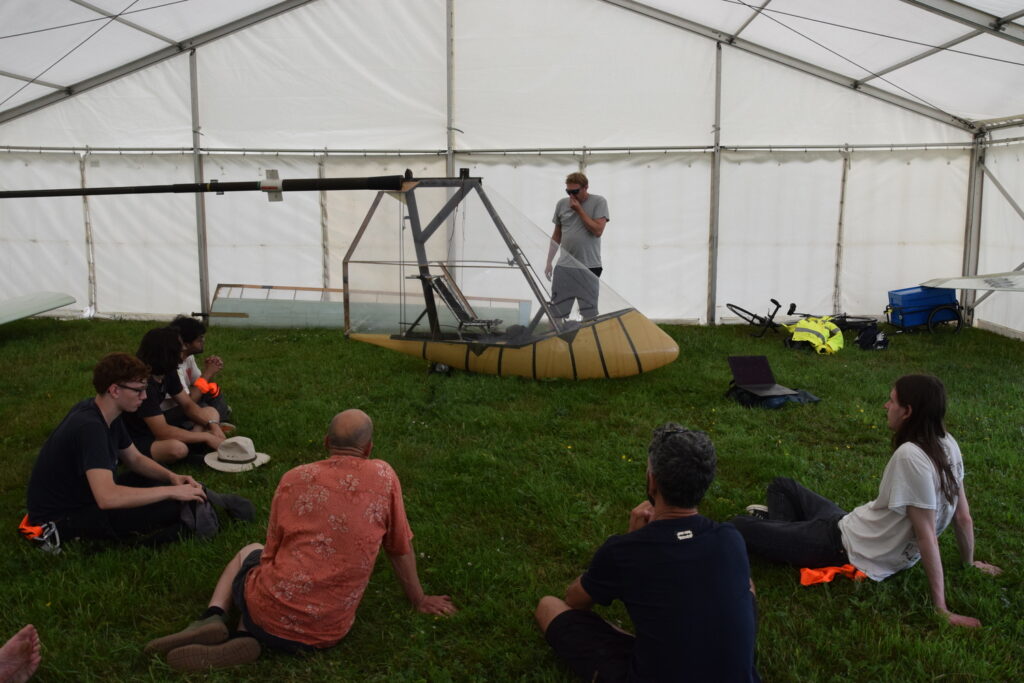
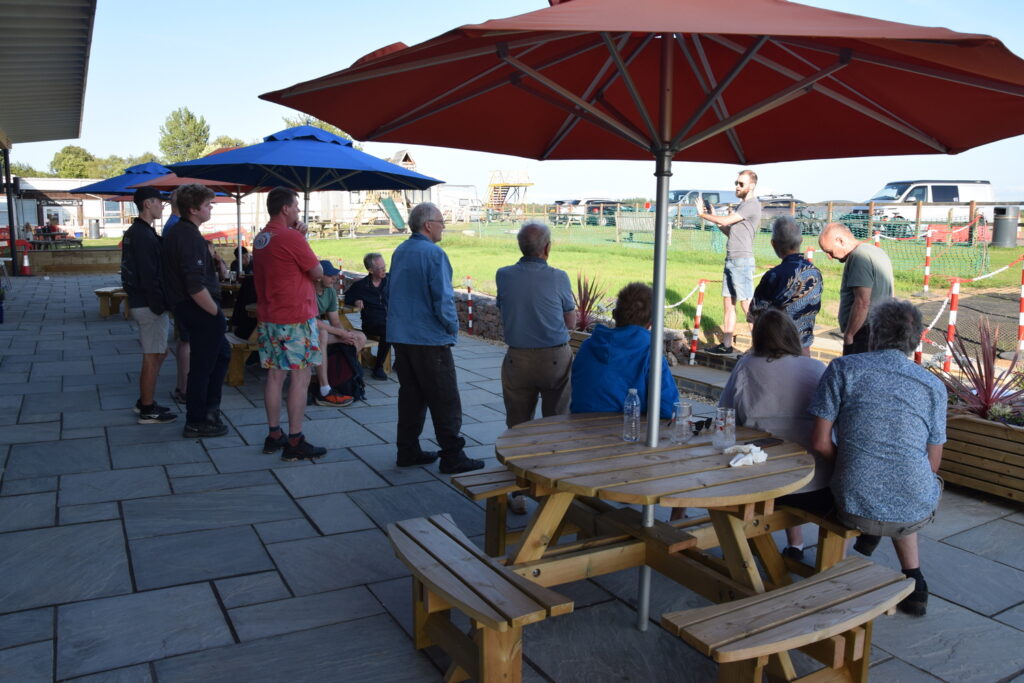
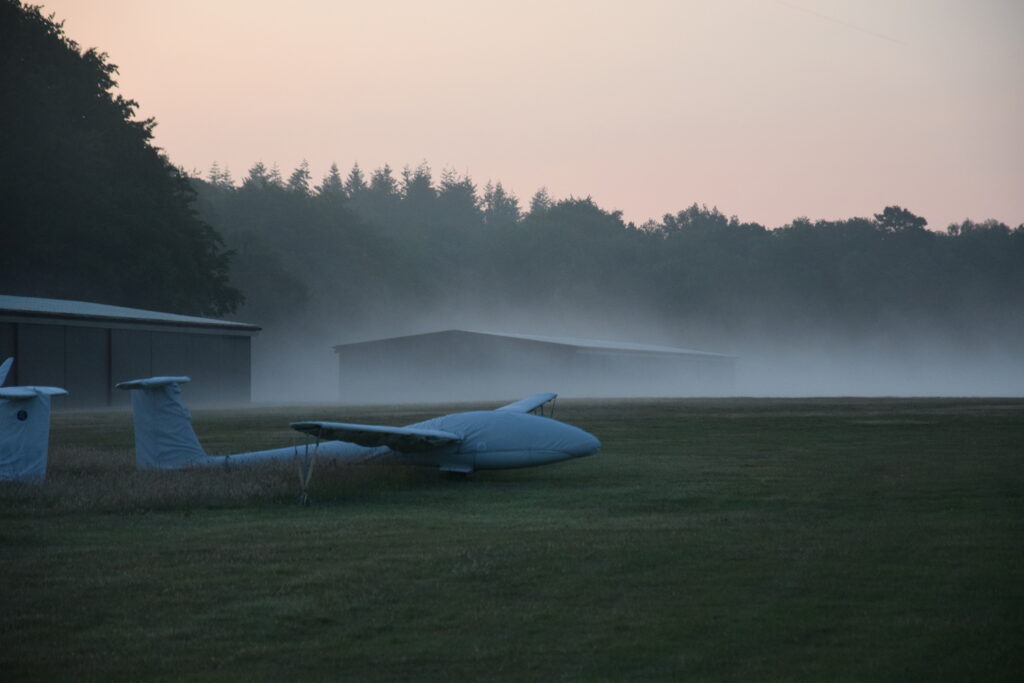
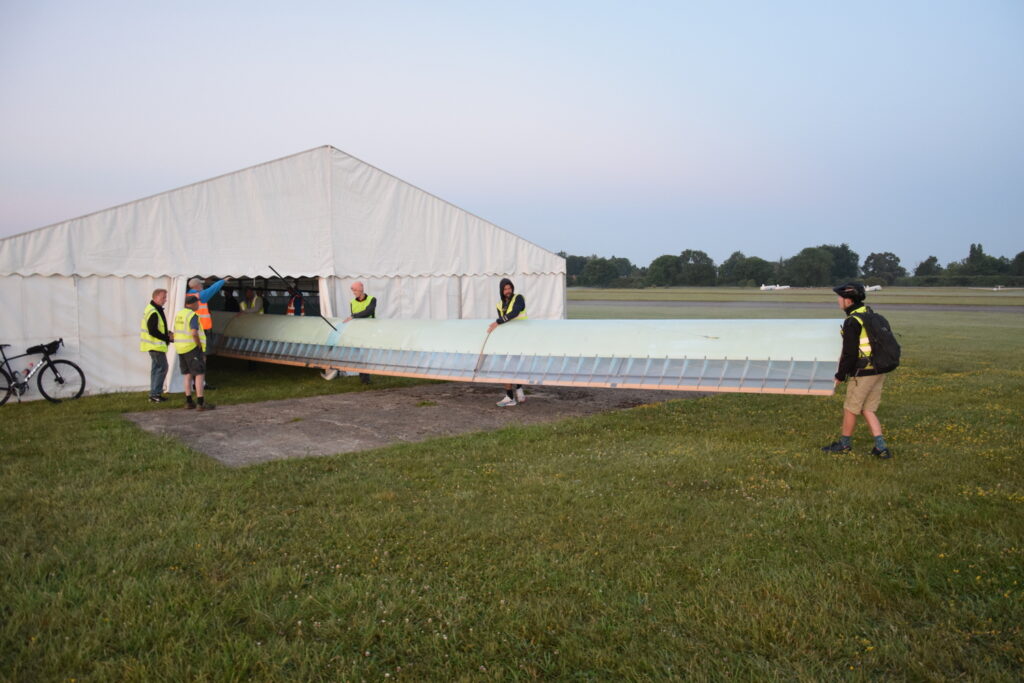
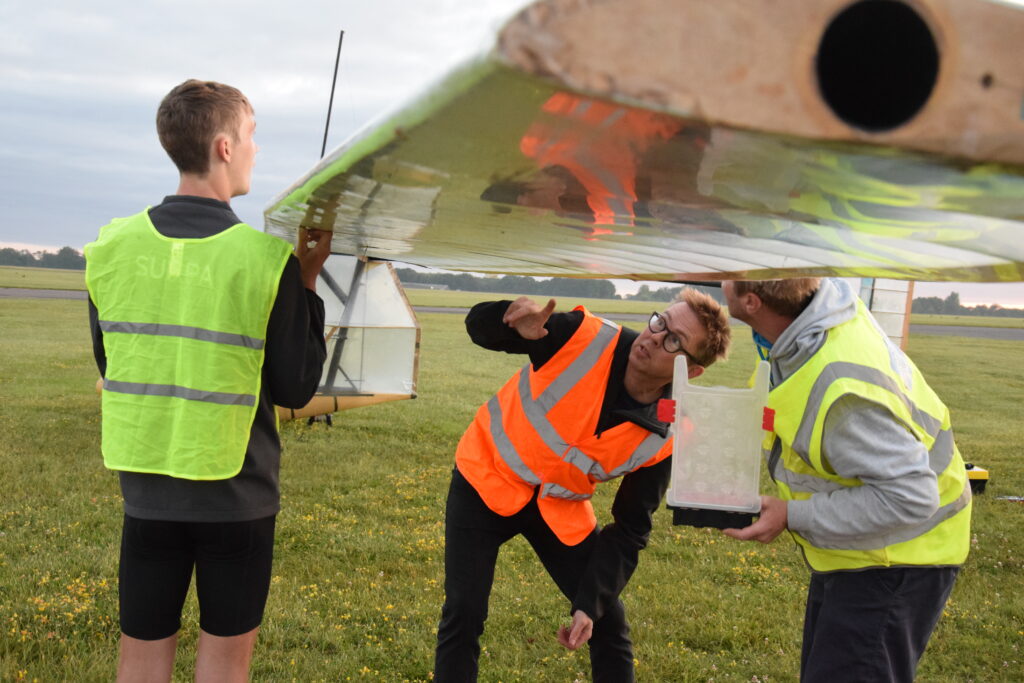
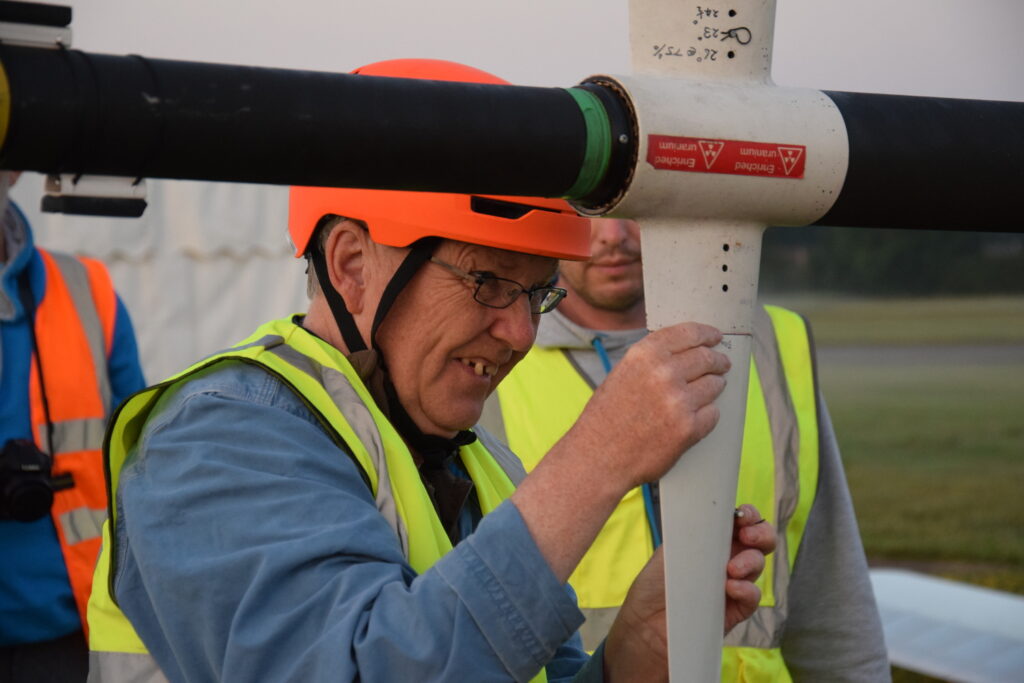
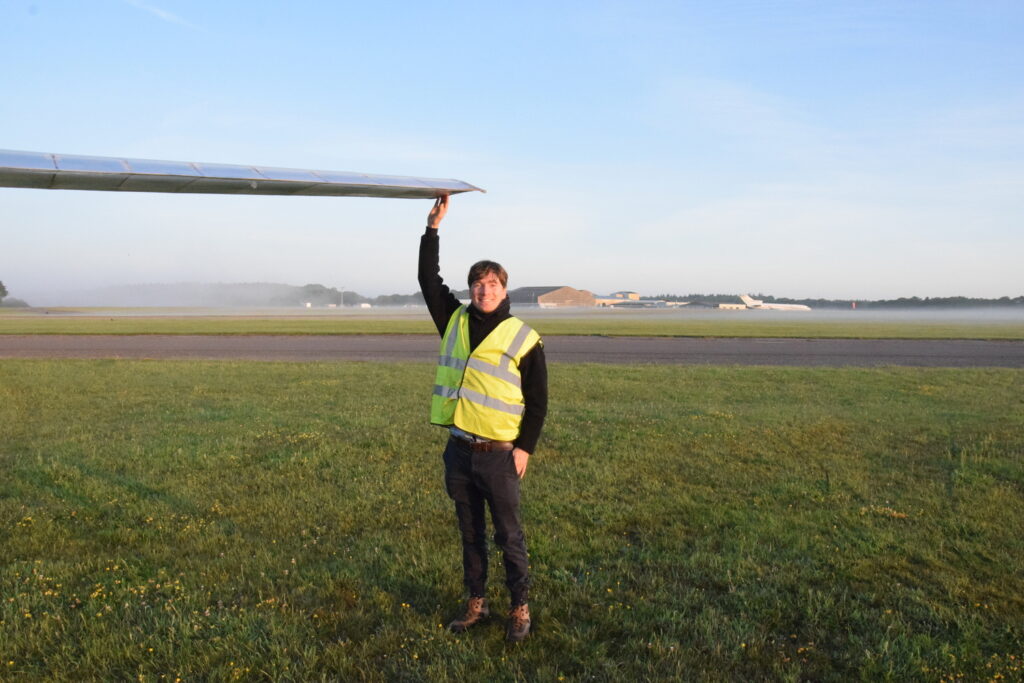
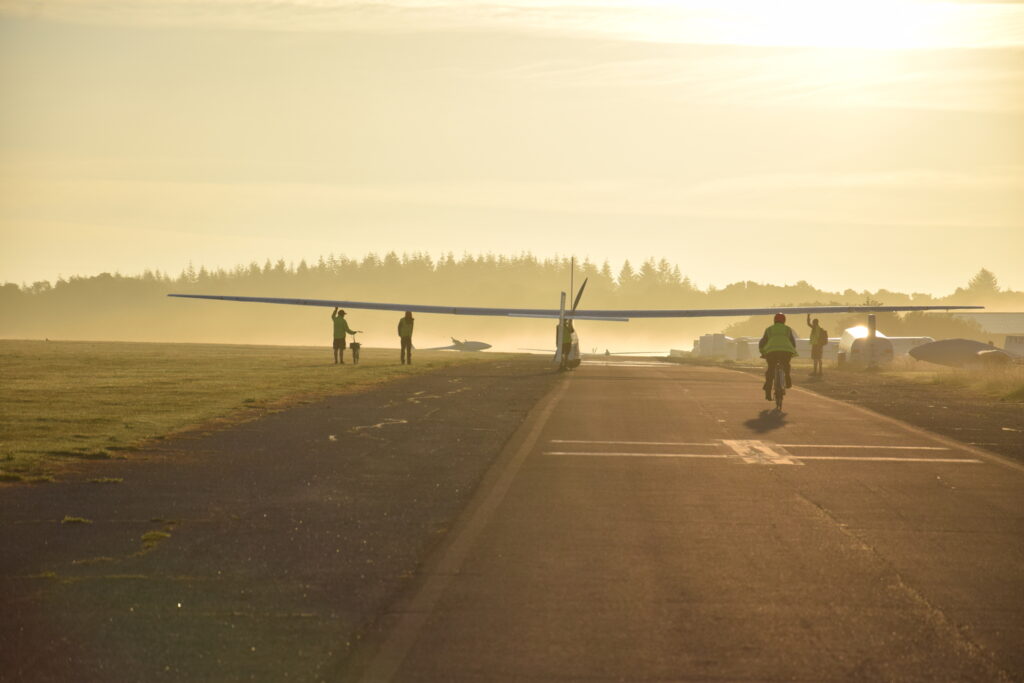
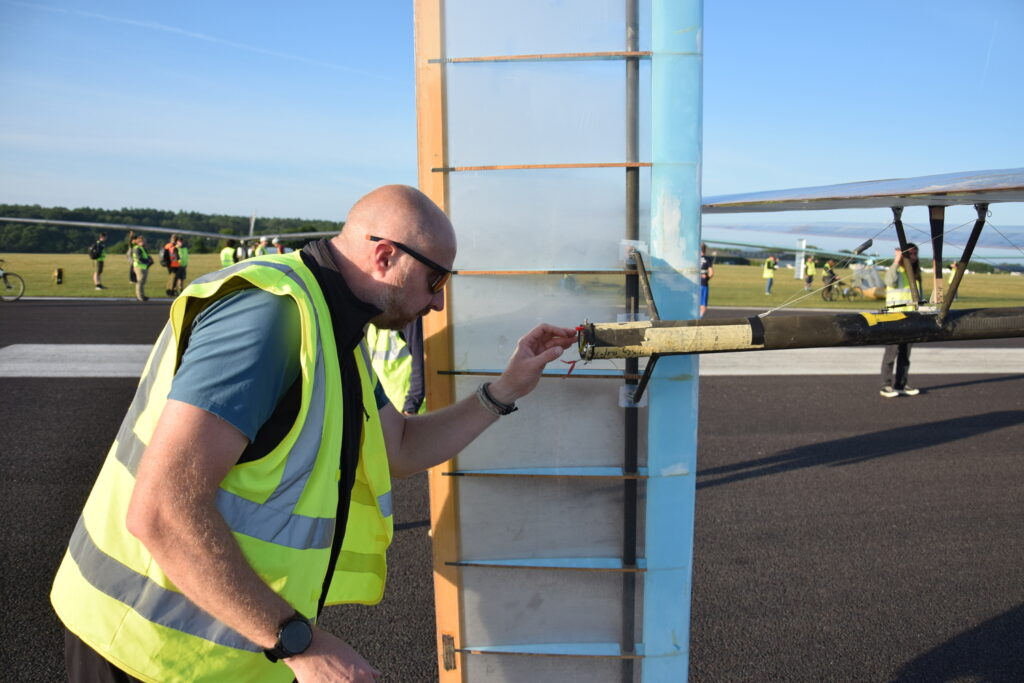
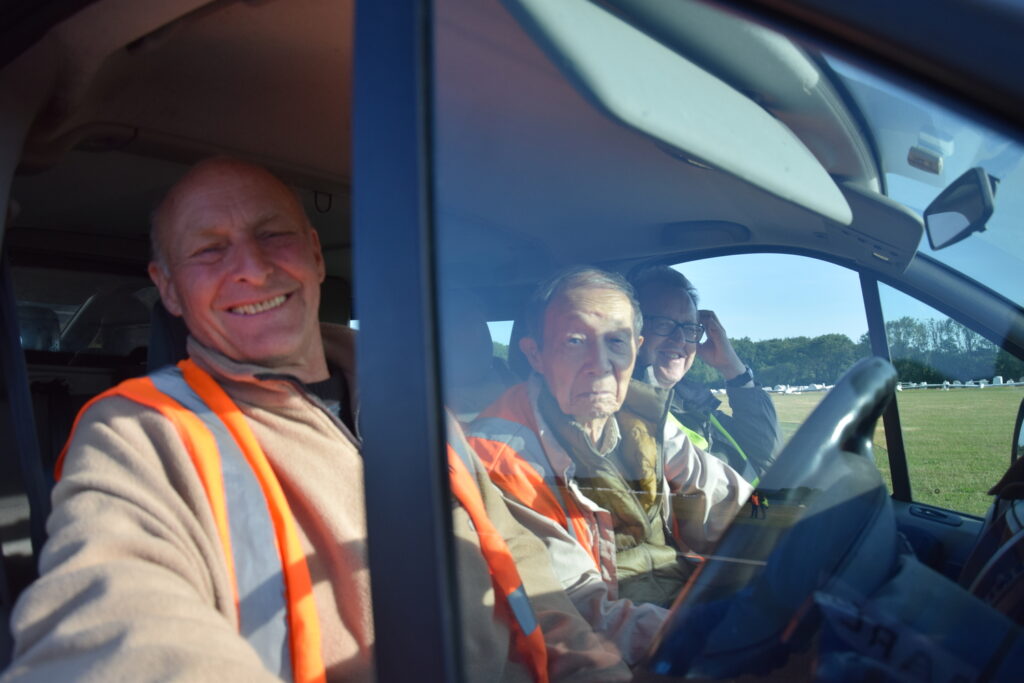
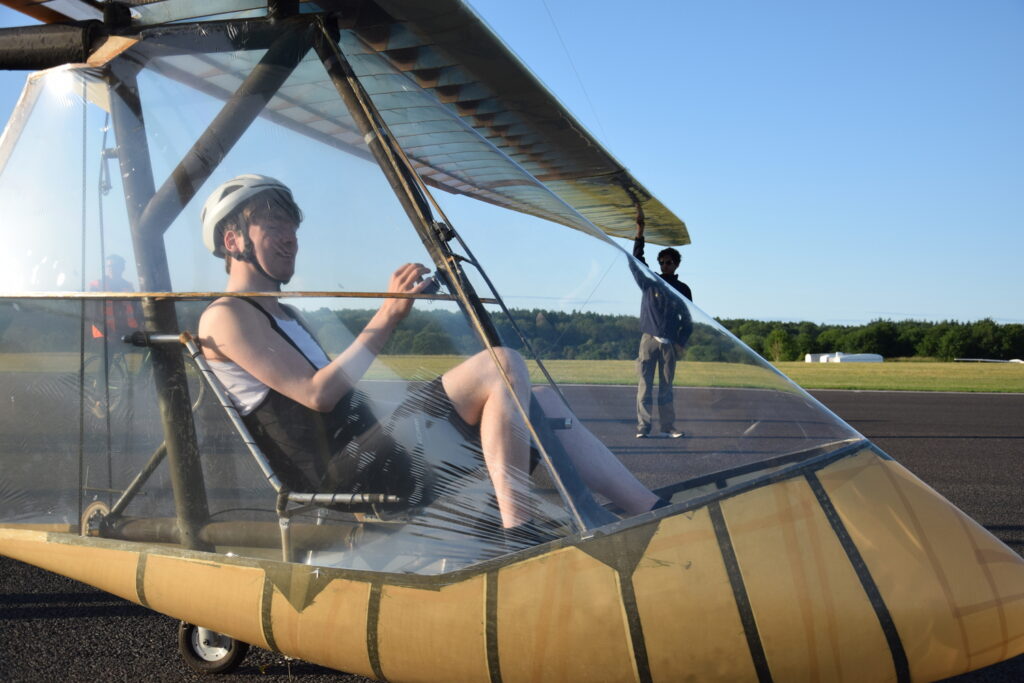
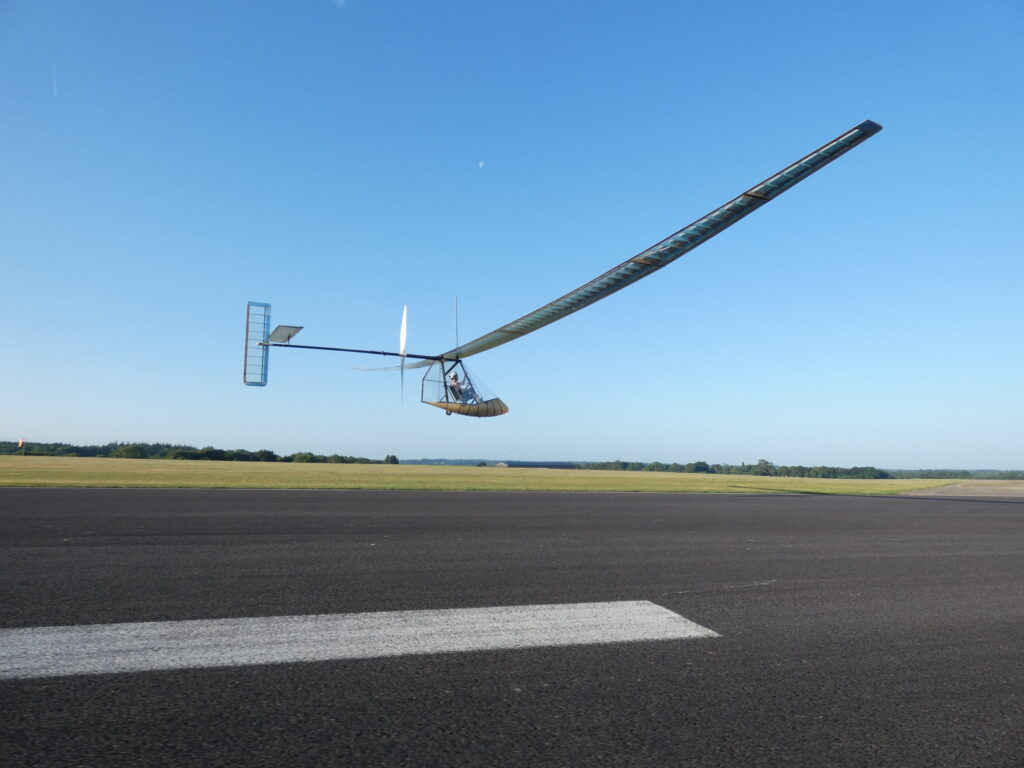
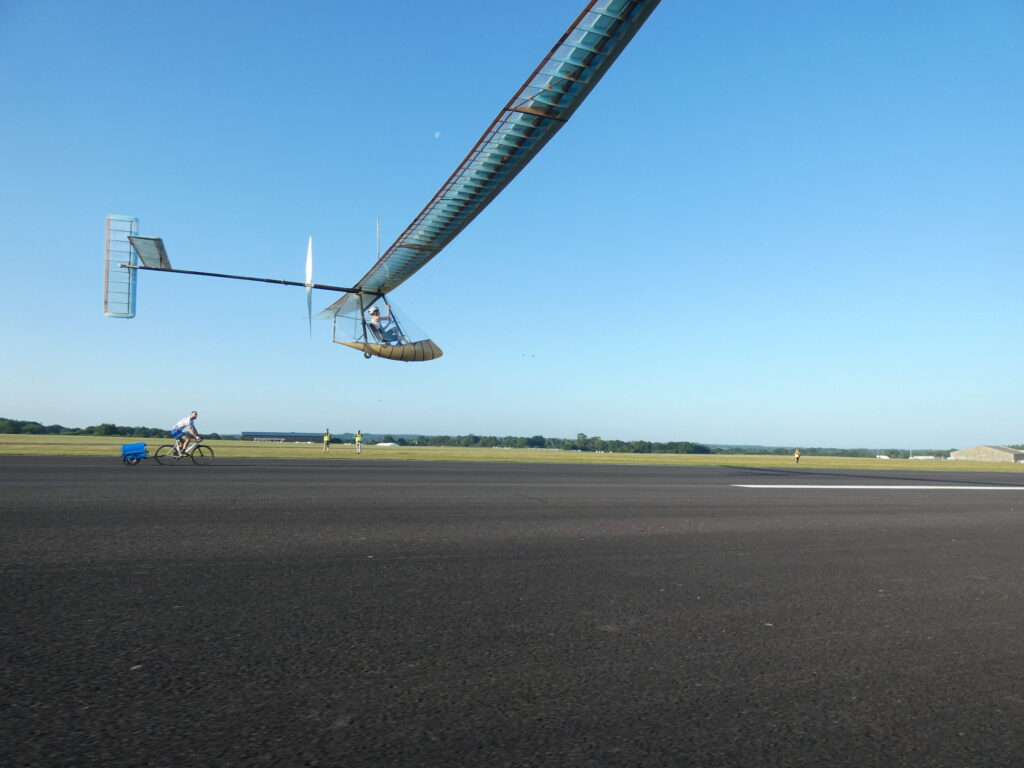
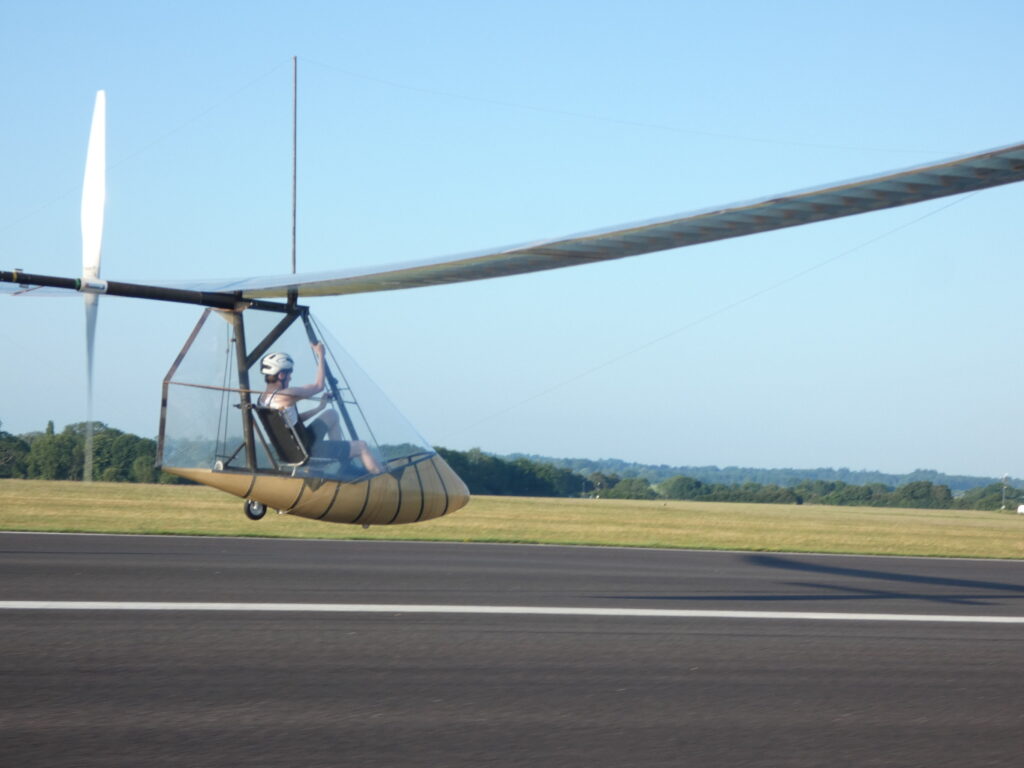
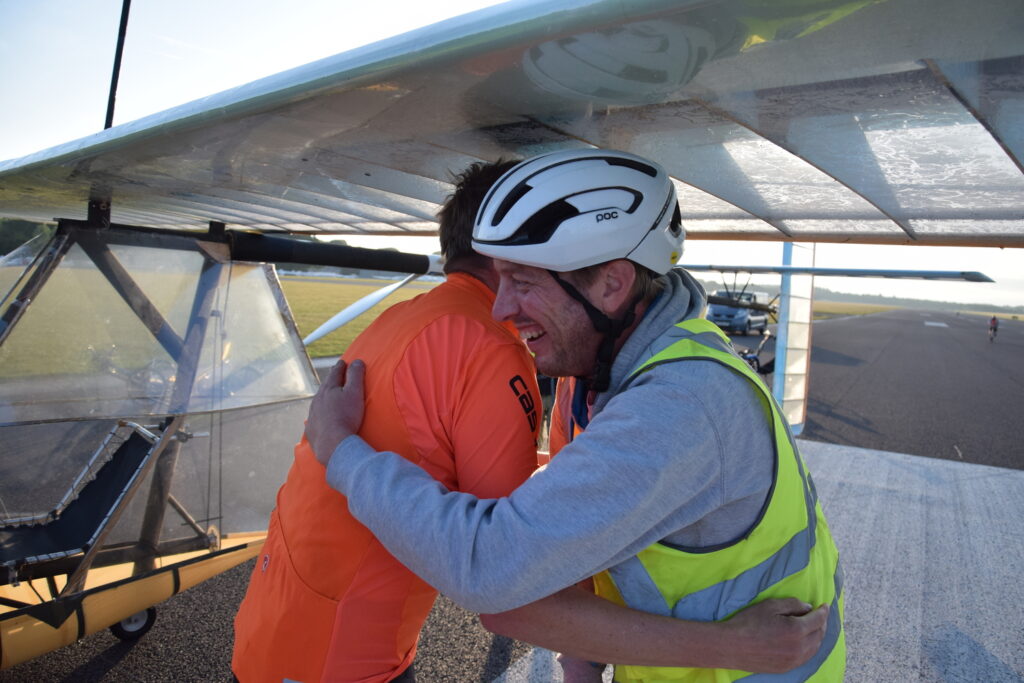
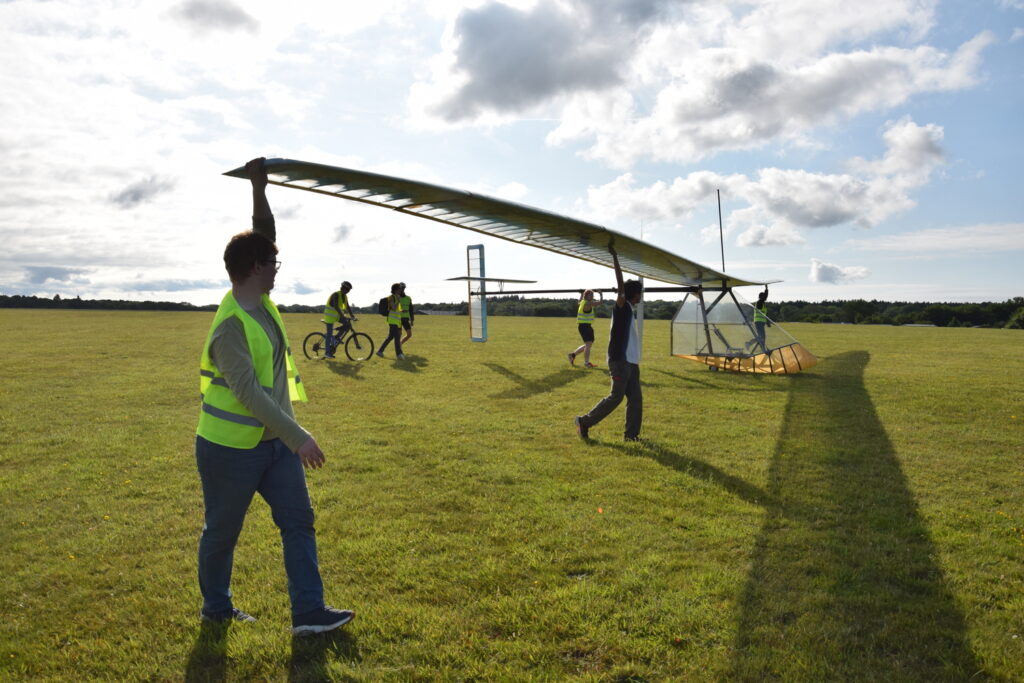
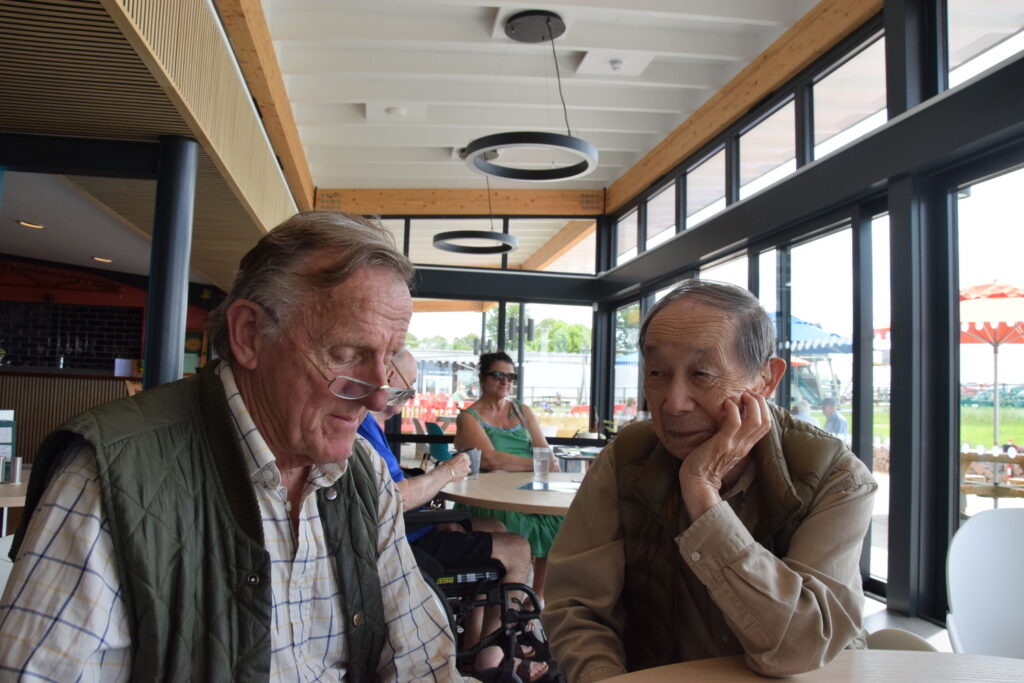
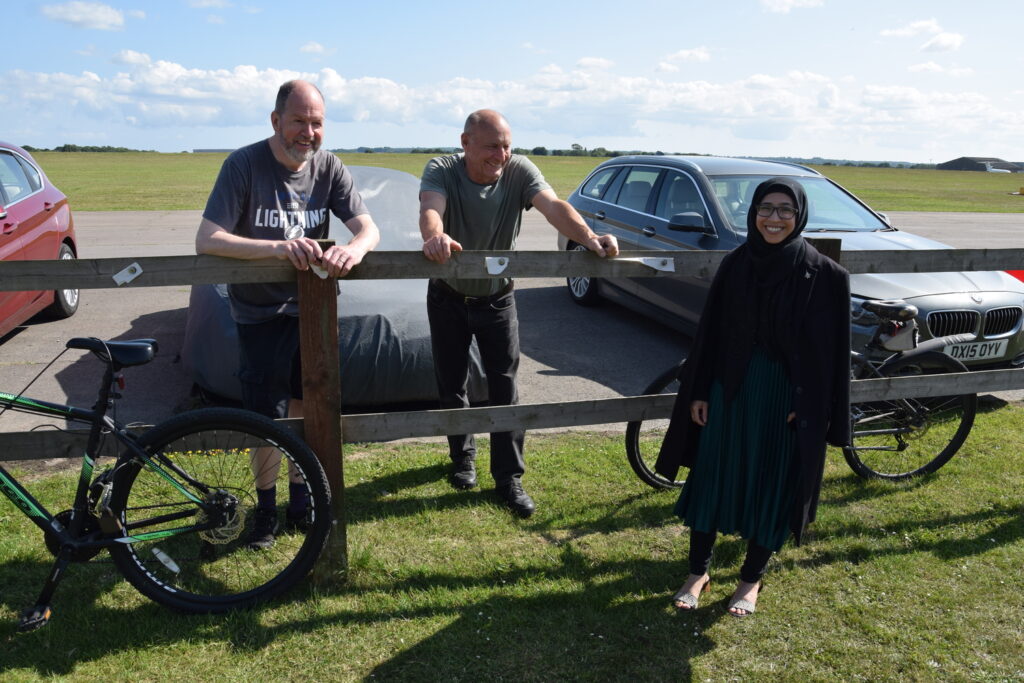
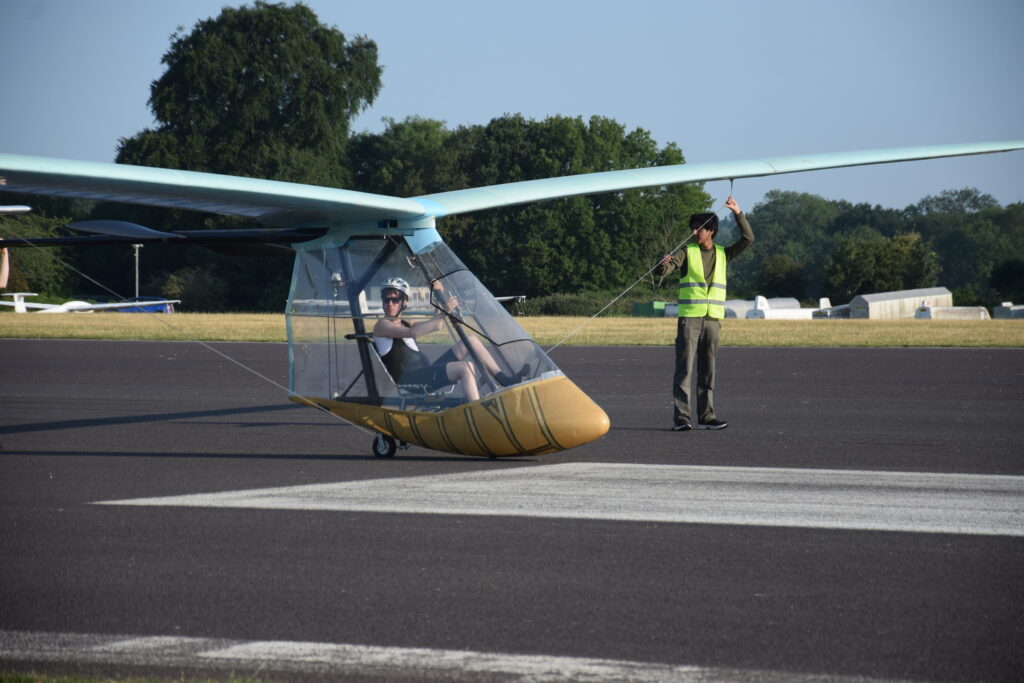
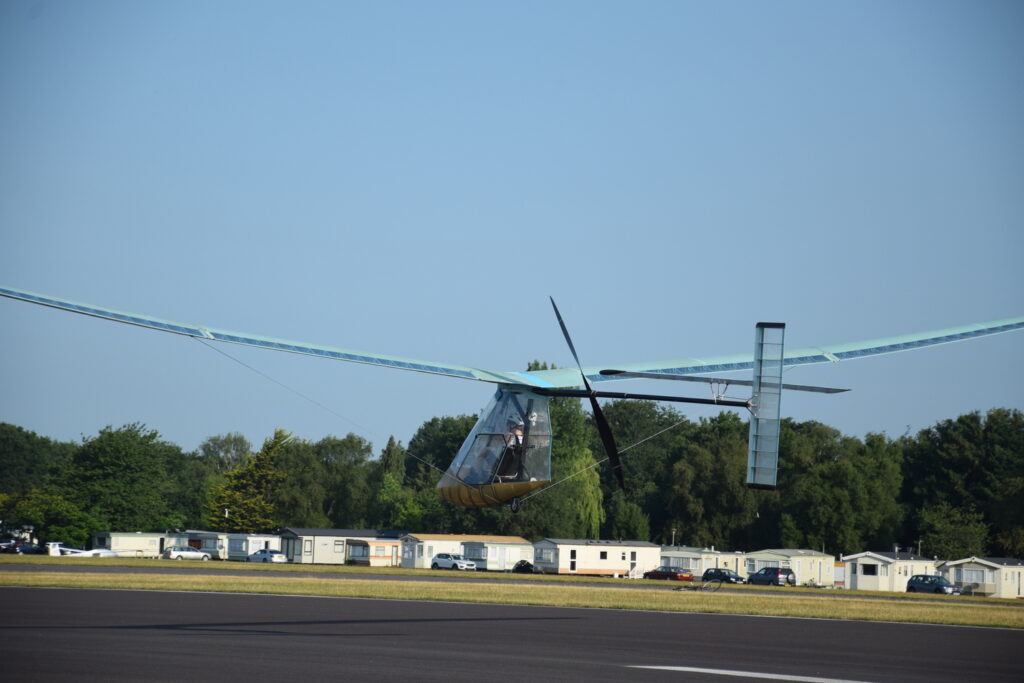
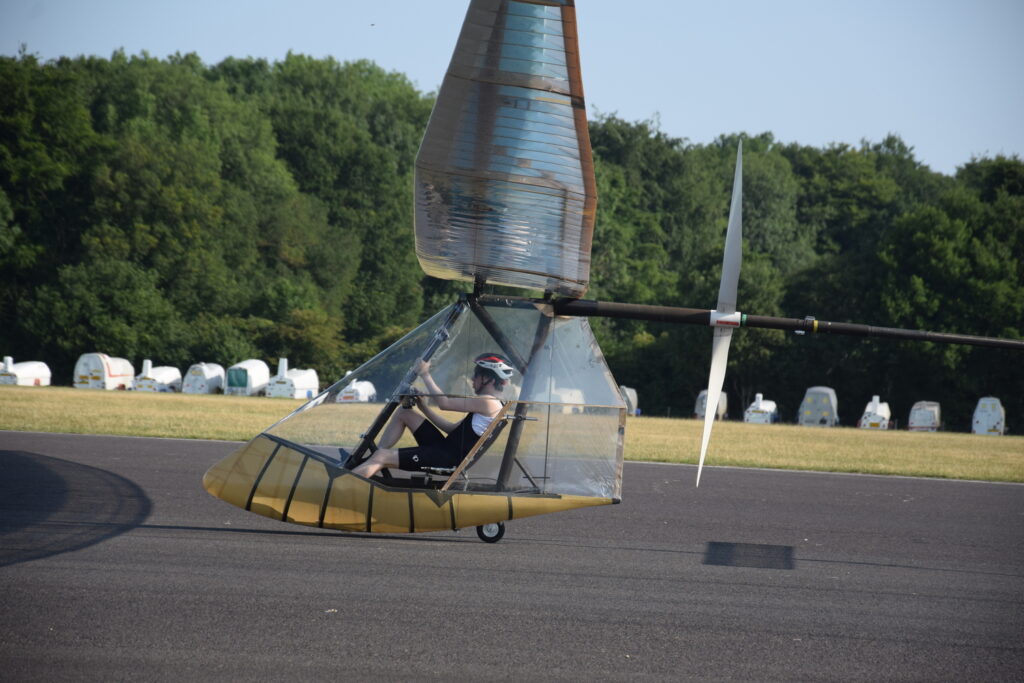
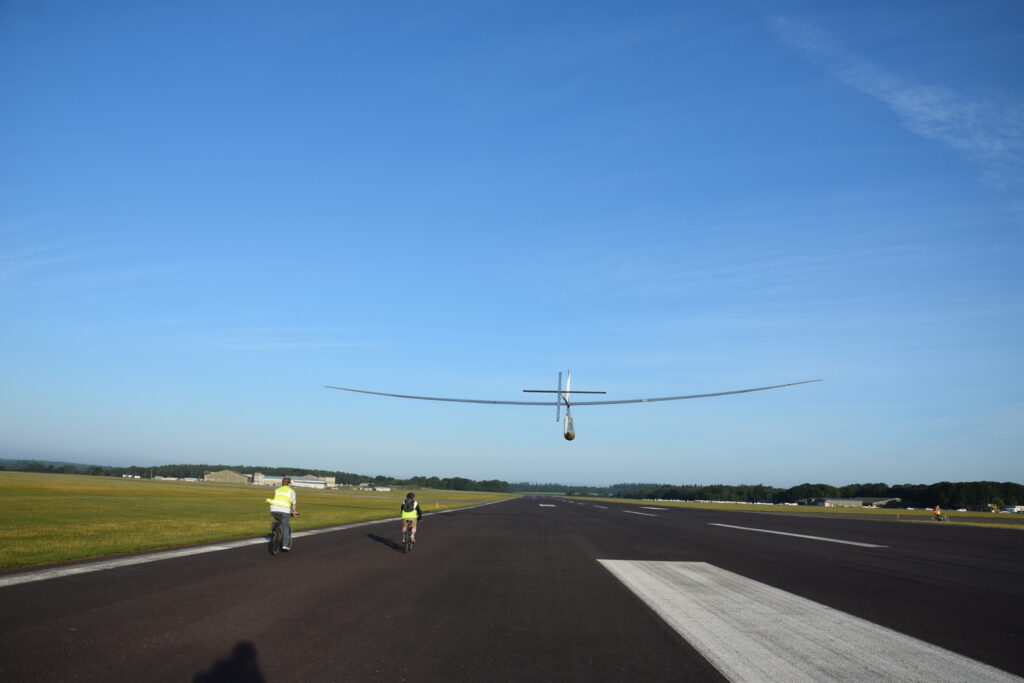
Icarus Cup 2025 was fantastic. Let’s start a new HPA adventure in the Netherlands too! SHPFN is looking for affordable workspace, about the size of a double garage (or larger), to develop a new HPA. Contact us for more information.